Today marks the 81st anniversary of the first flight of the Boeing B-17. To mark the occasion, here are 8 fascinating facts about the Flying Fortress, one of the most iconic aircraft of the Second World War.
1) The Boeing B-17 had a disastrous start
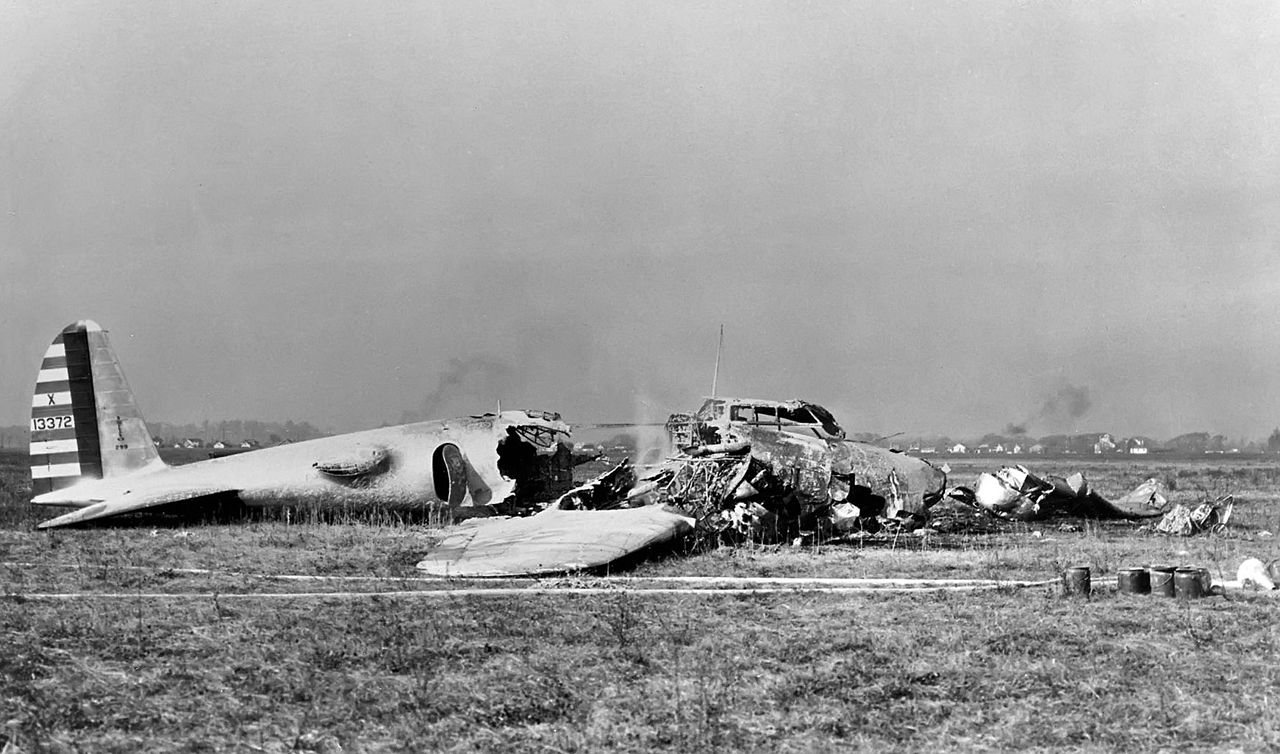 The crashed Model 299
The crashed Model 299
The B-17 was designed to replace the Martin B-10, and was competing against the Douglas DB-1 and the Martin Model 146 for a large contract. Their hopes of receiving it were dashed when their prototype crashed on 30 October 1935, with test-pilot Major Ployer Peter Hill and Boeing employee Les Tower killed in the accident.
While Boeing missed out on securing that particular contract their aircraft had done enough to impress the USAAC, and in January 1936 the air corps ordered 13 YB-17s for service testing.
2) Neutral Sweden used the B-17 as an airliner
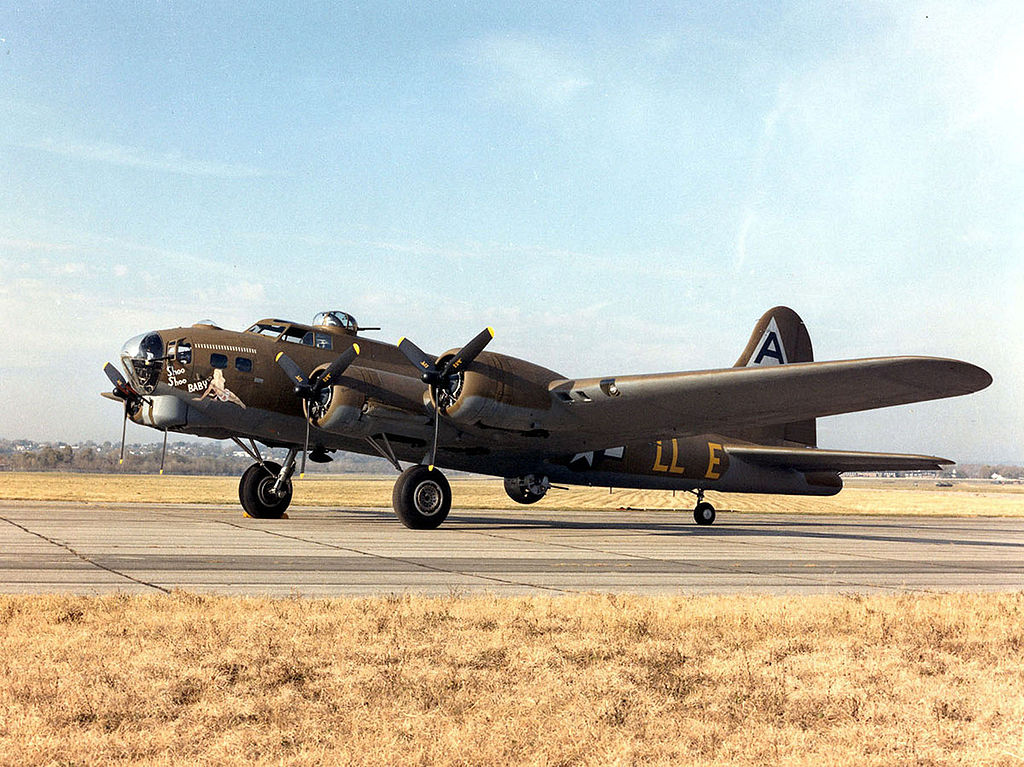 Shoo Shoo Shoo Baby on display at the National Museum of the United States Airforce, Ohio.
Shoo Shoo Shoo Baby on display at the National Museum of the United States Airforce, Ohio.
During the Second World War there were several B-17s that landed in Sweden, a neutral country, after experiencing difficulties while on missions. Sweden agreed to return crewmen to the US in exchange for a promise that they would not serve in combat again and that the Swedes could keep the B-17s that had landed intact. Some of these aircraft, including Shoo Shoo Shoo Baby which is on display at the National Museum of the United States Airforce in Ohio, were converted into passenger airliners.
3) The Flying Fortress was named by a Seattle Times reporter
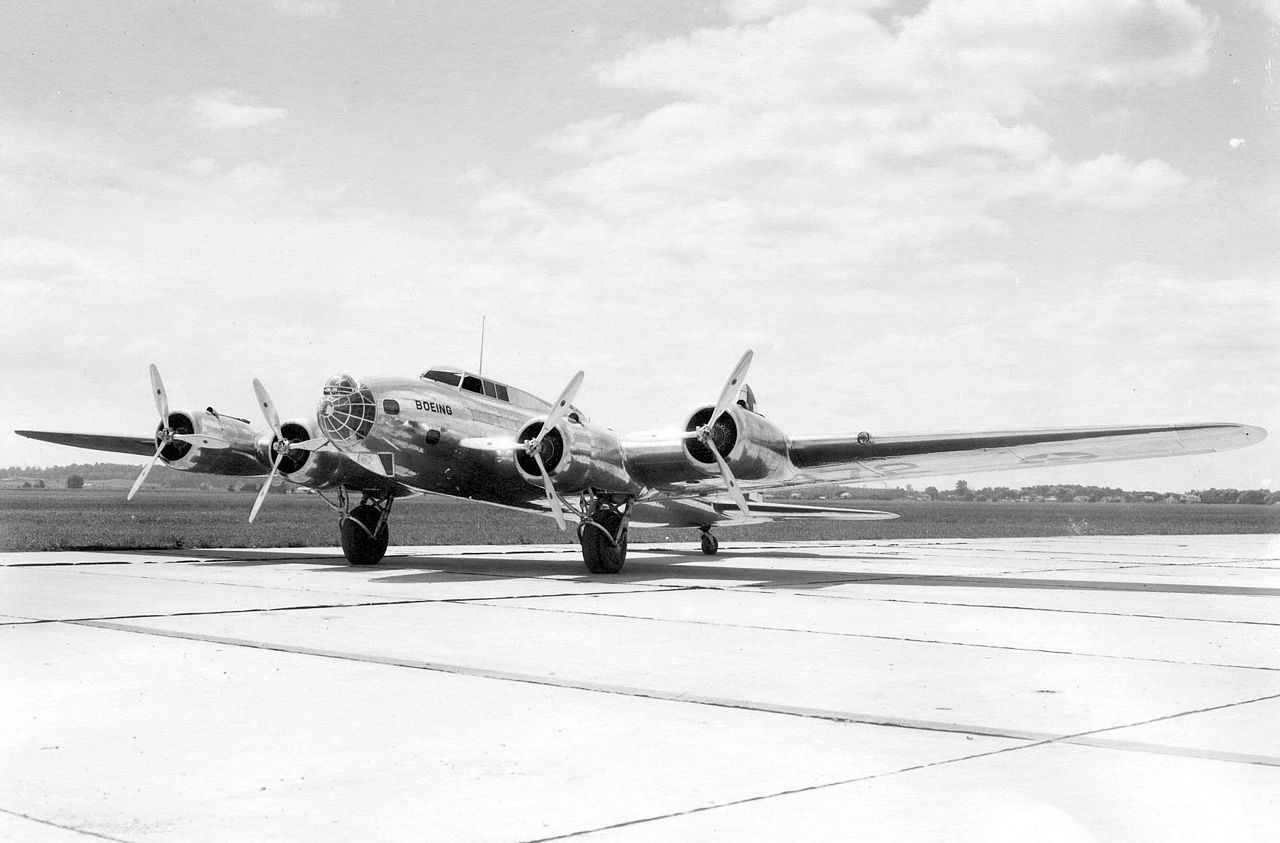
The Model 299, prototype of the Boeing B-17 Flying Fortress
When the Boeing B-17 rolled out of the hangar to make its first flight journalists were clearly impressed, with Seattle Times reporter Richard Smith exclaiming ‘Why, it’s a flying fortress!’. Boeing quickly adopted and trademarked the name.
4) B-17s Flew for Both Sides in World War II
 Captured Boeing B-17s with the markings of the Axis powers
Captured Boeing B-17s with the markings of the Axis powers
Both the Germans and the Japanese flew captured B-17s. The Nazi’s flew them as part of Kampfgeschwader 200, the squadron that tested captured aircraft. Since they had no aircraft with the B-17’s range, they used them for long-range reconnaissance, as well as dropping supplies and agents deep behind enemy lines.
The Japanese captured some early model B-17s in the Philippines, including a “D” model and two “E”s. After repairing them with parts stripped from other airframes they were flown back to Japan and used to help develop anti-bomber tactics, as well as used in propaganda films. No trace of the planes where found when the Americans occupied Japan. It’s assumed the planes were scrapped for their valuable material.
5) B-17s flew combat missions after World War II
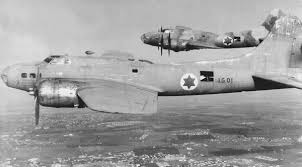 Israeli Air Force B-17s
Israeli Air Force B-17s
The Fortresses didn’t stop fighting when WWII ended. The fledgling Israeli Air Force acquired four of the big planes, with three actually reaching the Middle East. Soon after the Egyptian Air Force attacked Tel Aviv in 1948, the Israelis used the Fortresses to raid Cairo. By the time the armistice was signed the next year the B-17s had flown more than 200 combat missions.
6) It had a small bomb load
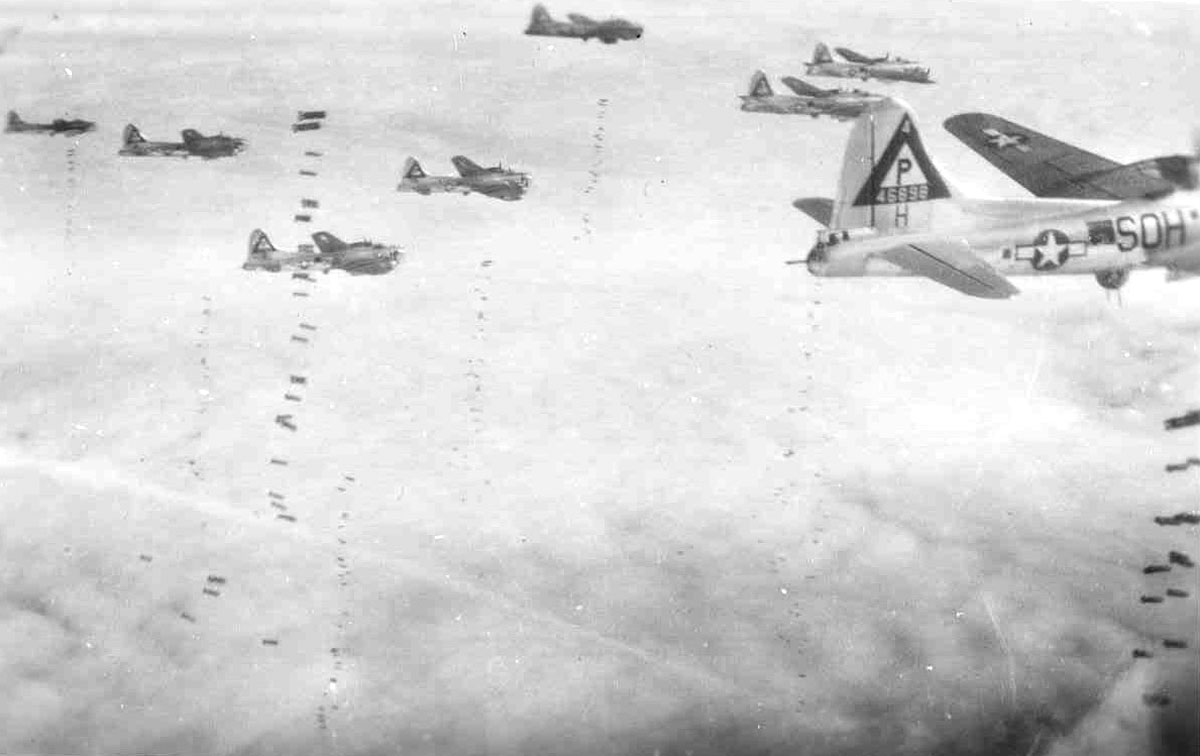 Boeing B-17s on a bombing run
Boeing B-17s on a bombing run
The plane may have been big, but its bomb load was relatively small. The early models had a max bomb load of 4,000 pounds, and the late model B-17Gs more than doubled that to 9,600-pounds. But compare that to the Avro Lancaster, which had a normal bomb load of 14,000 pounds, and even was modified to carry the 22,000 lb “Grand Slam” bomb.
7) The B-17 was a Hollywood Star!
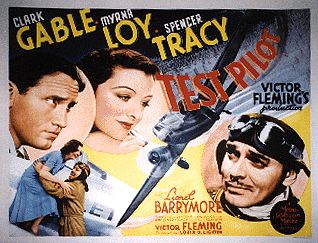 A poster for the 1938 film 'Test Pilot'
A poster for the 1938 film 'Test Pilot'
The Boeing B-17, like so many wartime aircraft, featured in patriotic films aimed at drawing in new recruits to the US war effort. However, the Flying Fortress had starred on the silver screen before the war began, with an early B-17 prototype appearing in the 1938 film Test Pilot with Clark Gable, Spencer Tracy and Myrna Loy.
8) The Flying Fortress lived up to its name
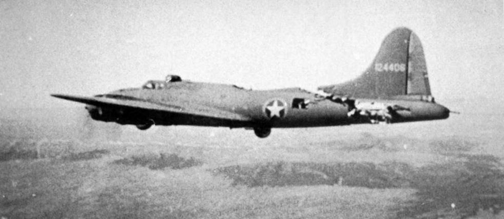 The All American flying back to base despite suffering serious damage to her tail
The All American flying back to base despite suffering serious damage to her tail
The B-17 Flying Fortress was renowned for its survivability, with countless instances where the aircraft managed to return home despite suffering severe damage. A prime example of this is the All American, which survived having her tail almost completely severed in a collision over Tunisia.
If you'd like to read more about the Boeing B-17 Flying Fortress in action take a look at Combat Aircraft 18: B-17 Flying Fortress Units of the Eighth Air Force (Part 1), Combat Aircraft 36: B-17 Flying Fortress Units of the Eighth Air Force (Part 2), Combat Aircraft 38: B-17 Flying Fortress Units of the MTO and Combat 39: B-17 Flying Fortress Units of the Pacific War.


Comments
You must be logged in to comment on this post. Click here to log in.
Submit your comment